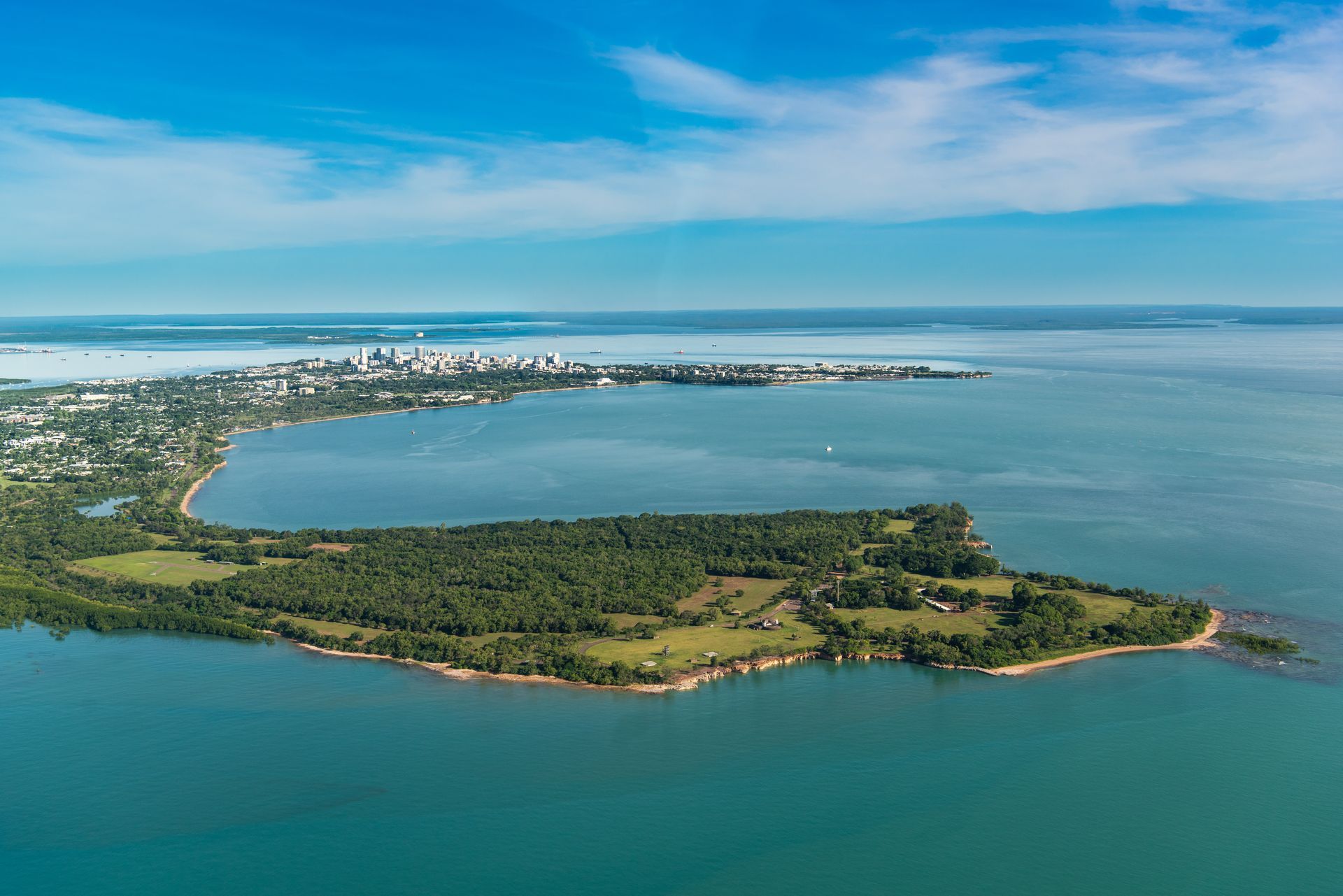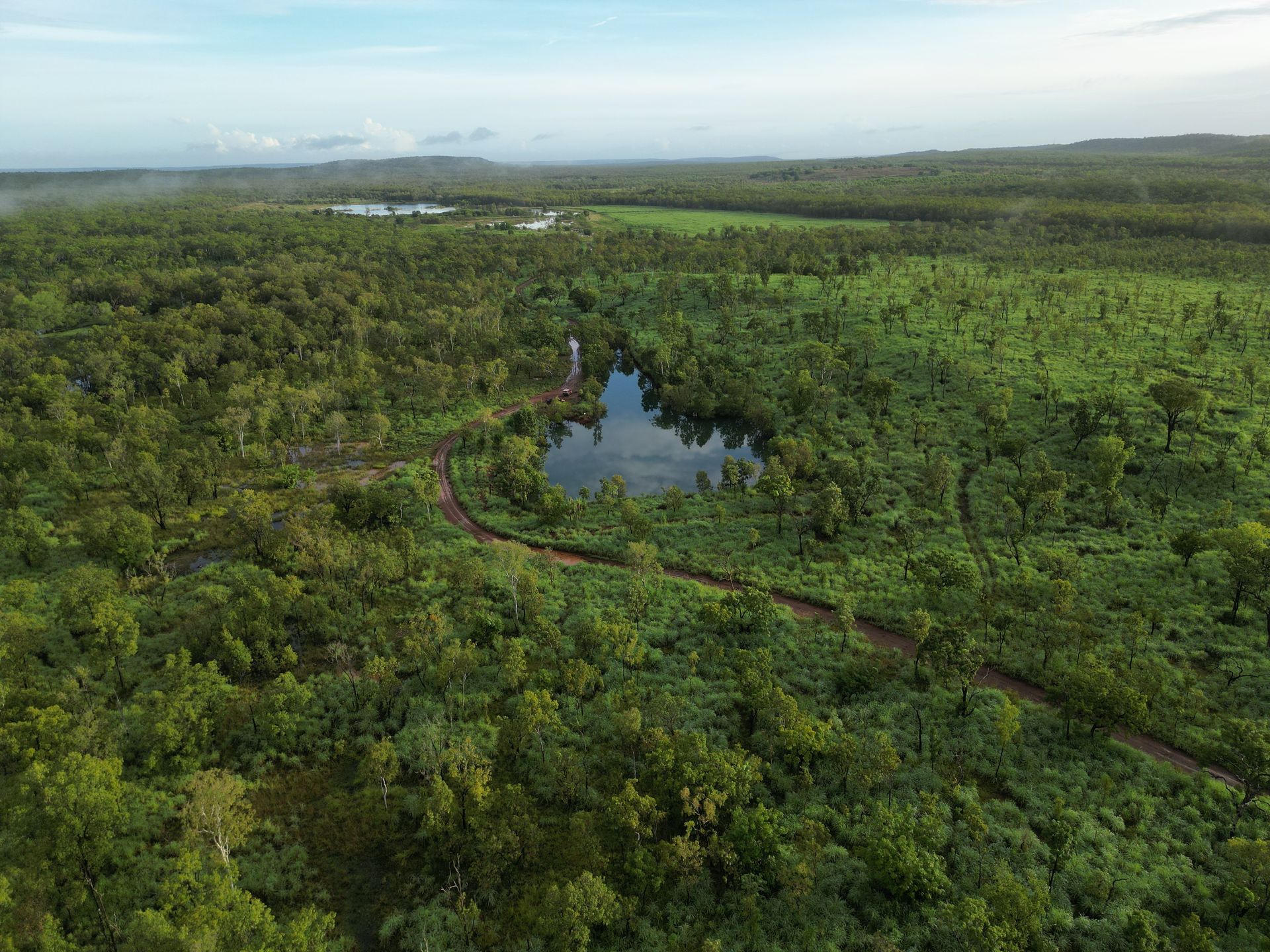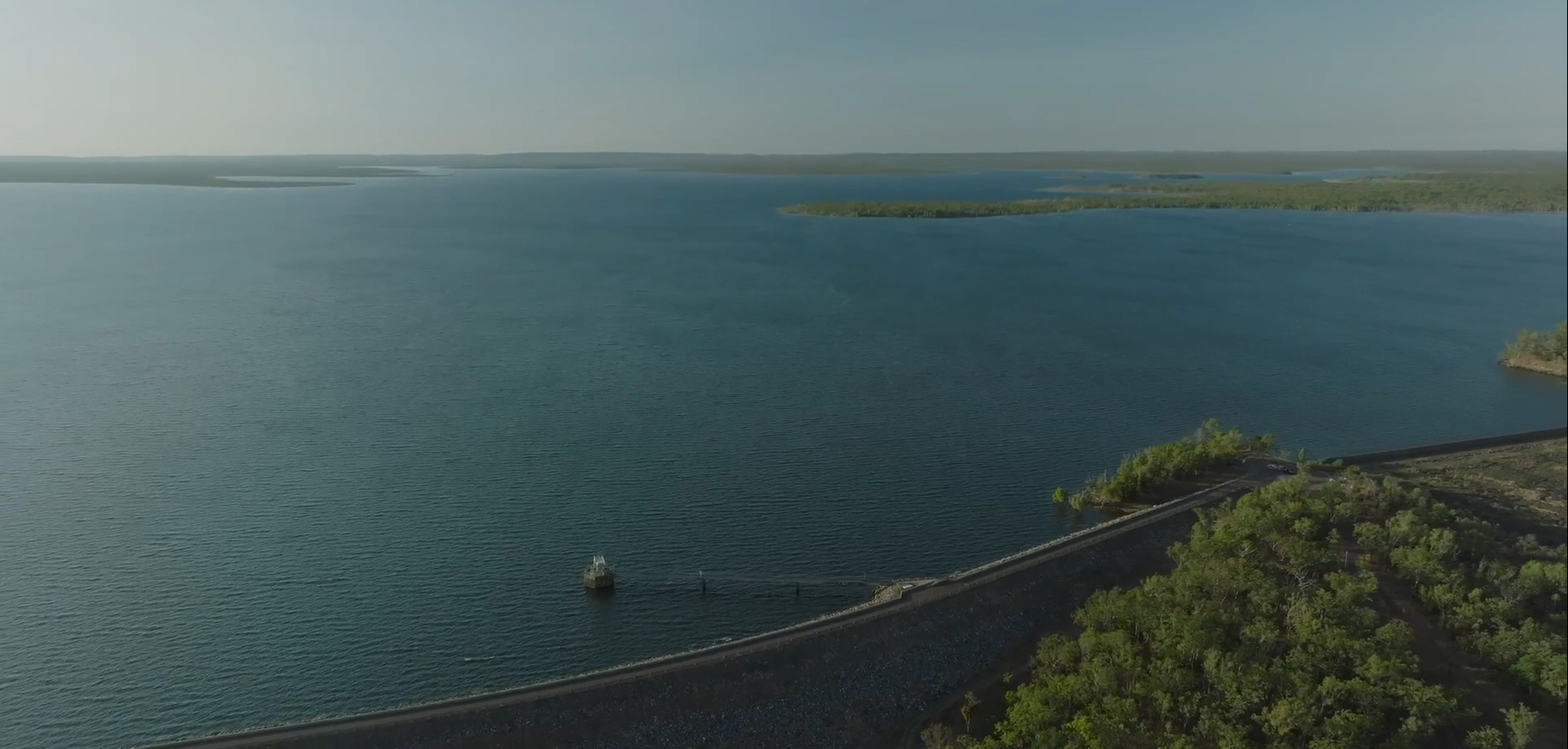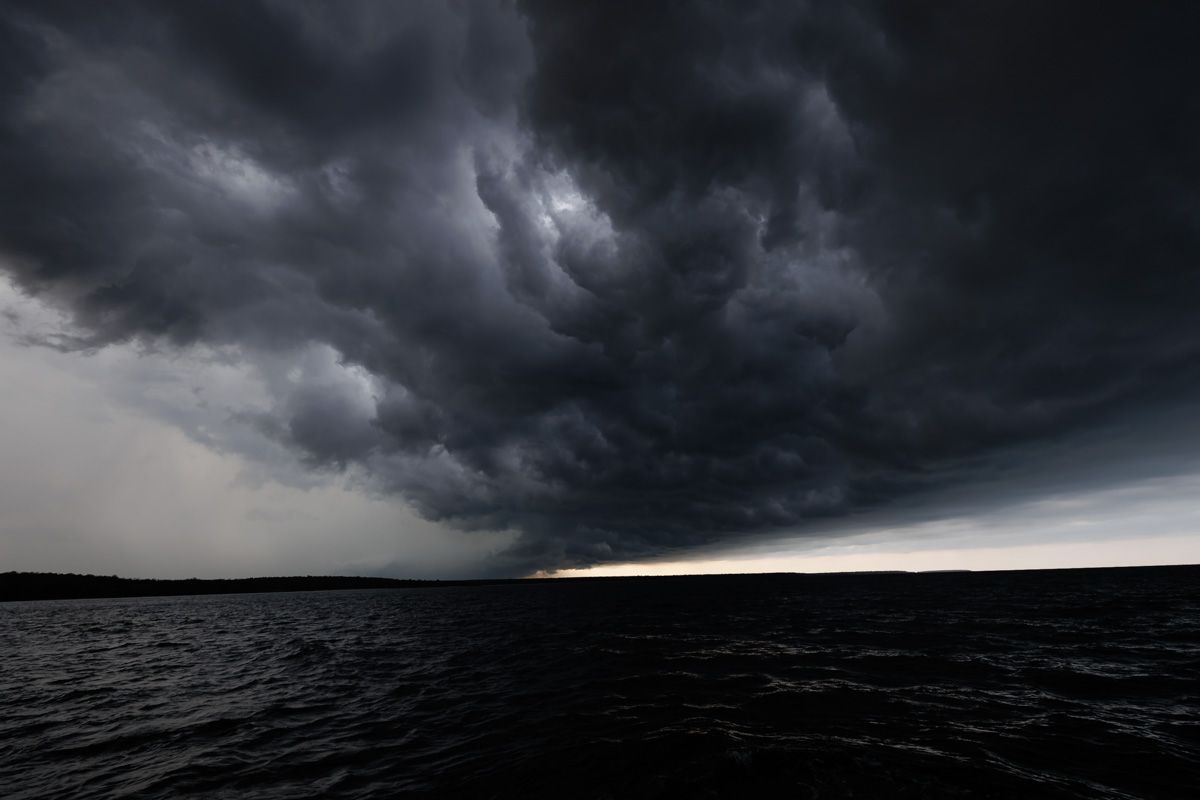Steve Goat Q&A with Wavell State High School
Steve Goat was invited by She Maps to provide a Q & A session with Wavell State High School to help them prepare for a field trip to Nauru.
When it comes to flying drones in remote locations, thorough preparation is key to a successful and safe mission. Wavell State High School joined Steve Goat from Rise Project Consulting to ask him a few questions about flying remote locations as they are planning a field trip to Nauru in 2024. Here are his expert tips to help you navigate through remote locations with confidence:
Plan flights strategically, no internet needed!
Plan and save your flights in advance, when you have access to internet. This ensures you have all the necessary flights at your fingertips when you're in your chosen location, especially if you're offine.
Secure your data like a pro
Save all imagery on reliable hardware like SD cards, laptops, and hard drives for data storge. Don't rely soley on cloud storage.
Establish respectful relations with locals
Maintain open and honest communication with the local community, especially elders and landowners. This builds trust and helps define boundaries for your drone adventures including flights and transport to your identified location.
Pack extra tech essentials
Bring along extra batteries, tablets, phones, and even an extra drone if possible. It's a wise precaution in case of technical glitches if your budget and baggage allows.
Familiarise yourself with the regulations
Follow the CASA regulations in Australia. If you plan to fly in another country, find out about the civil aviation authority there and make sure you know and follow any local rules that may apply.
Verify permission with drone apps
Use reputable drone safety apps to confirm if you're cleared for takeoff in your chosen spot. If you're unsure, reach out to local aviation authorities for guidance.
Extend courtesies to the Airport personnel
Establish contact with the local airport team. Understanding their schedule will help you determine when and where it's safe to launch your drone.
Weather conditions
Flying in remote locations means you are more susceptible to harsher weather. Have strategies in place to protect you and your equipment from higher or lower than expected temperatures, rain, wind, dust etc.










